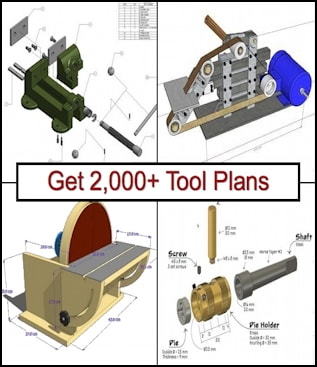A set of model tools unearthed from the Tomb of Ankhef. These date from the Middle Kingdom period in Egypt - around 2,000 BC.
Inscription reads: "The one in honor with Anubis, Lord of Kereret, Ankhef", followed by a list of tools that the box likely once contained: "6 axes, 6 adzes, 6 reamers, 6 saws".
These are models from this era; possibly the four thousand-year-old equivalent of a miniature? Note the length of the adze; that's just under 1 shesep (translation: approximately half of a double handbreath).
Or, for those of us who prefer to express our units of measurement in fractional hieroglyphics, that's about one-third of a
On display now at the Metropolitan Museum of Art in Manhattan.
More: https://www.metmuseum.org/art/collection/search/544288
Previously:
Ancient multitools - photos
tool miniatures by William R. Robertson
Miniature tools by Paul Hamler
Miniature blacksmith tools - photo
Al Osterman machine shop miniatures


 LinkBack URL
LinkBack URL About LinkBacks
About LinkBacks











 Reply With Quote
Reply With Quote



Bookmarks